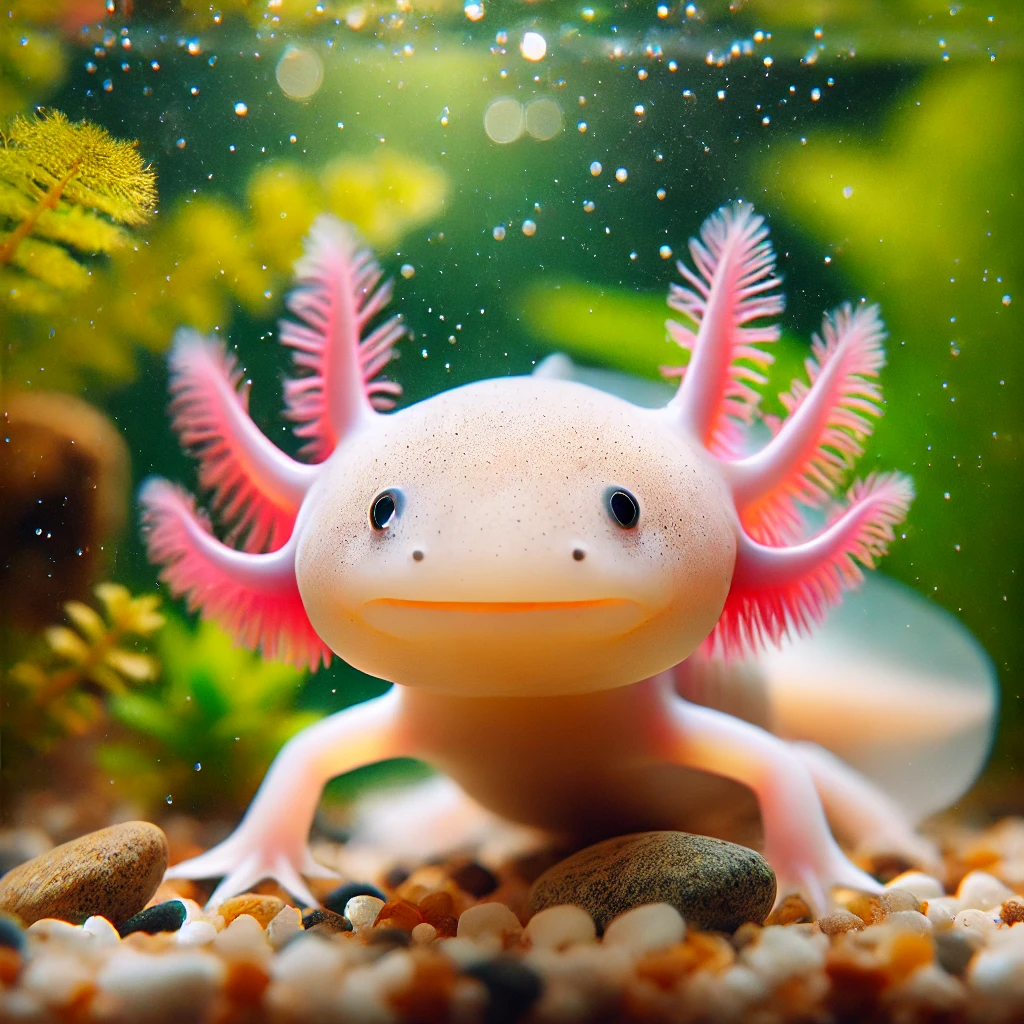Table of Contents
Cute:dyf8c8wezxm= axolotl Axolotls, often referred to as the “Mexican walking fish,” are undoubtedly one of the most charming and unique creatures in the animal kingdom. These small amphibians have captured the hearts of many with their cute smile, bright colors, and fascinating biology. Native to the lakes around Mexico City, axolotls are considered critically endangered in the wild, but they thrive in captivity as pets and subjects of scientific research.
In this article, we’ll dive deep into the captivating world of axolotls, exploring their distinct traits, care tips for axolotl owners, and their conservation efforts. Along the way, we’ll answer common questions about these intriguing creatures and provide helpful tips for those considering them as pets.
What Makes Axolotls So Cute? Cute:dyf8c8wezxm= axolotl
H2: Their Endearing Appearance
Axolotls are known for their youthful looks, a condition called neoteny, which means they retain juvenile traits throughout their lives. This results in their adorable and recognizable features, such as: Cute:dyf8c8wezxm= axolotl
- External Gills: Cute:dyf8c8wezxm= axolotl Axolotls have three feathery gills on each side of their heads, making them look like tiny underwater dragons. Cute:dyf8c8wezxm= axolotl
- Wide Smiles: Cute:dyf8c8wezxm= axolotl One of their most charming traits is their permanent smile, which adds to their cute and approachable look. Cute:dyf8c8wezxm= axolotl
- Tiny Feet and Hands: With little, almost childlike limbs, they give the impression of always being in a playful mood.
- Variety of Colors: Cute:dyf8c8wezxm= axolotl From pink and albino to black and golden, axolotls come in a range of colors, making them visually appealing to enthusiasts. Cute:dyf8c8wezxm= axolotl
H3: The Science Behind the Smile
Cute:dyf8c8wezxm= axolotl That signature smile isn’t just for show. Axolotls have large mouths relative to their head size, which gives them their permanent grin. Cute:dyf8c8wezxm= axolotl This playful feature is often the first thing people fall in love with when encountering an axolotl for the first time. Cute:dyf8c8wezxm= axolotl
Fascinating Facts About Axolotls
H2: Axolotls Are True Survivors
Axolotls are masters of regeneration. Unlike most animals, these amphibians can regrow entire limbs, parts of their hearts, lungs, and even portions of their brains. This ability has made them the subject of numerous scientific studies. In fact, axolotls are being researched in the field of regenerative medicine, with hopes that understanding their biology could lead to breakthroughs in human tissue regeneration.
H3: Lifespan and Habitat
Axolotls typically live for about 10 to 15 years when properly cared for. They are native to the freshwater lakes of Xochimilco near Mexico City. However, due to pollution and urbanization, their wild populations have drastically decreased, making them a critically endangered species. In captivity, they thrive in aquariums that mimic their natural environment with cool, clean water.
Caring for Axolotls: Tips for Owners
H2: Ideal Tank Setup
Axolotls are relatively easy to care for, but setting up a suitable tank environment is crucial for their well-being. Here’s what you need to know:
- Tank Size: A single axolotl needs at least a 20-gallon tank. They grow to about 10-12 inches in length, so providing them with ample space is essential.
- Water Conditions: Axolotls prefer cool water, ideally between 60-64°F (16-18°C). They require clean, dechlorinated water with a pH between 6.5 and 7.5. An aquarium filter helps maintain water quality, but ensure the water flow is gentle, as axolotls do not like strong currents.
- Substrate: Sand or large pebbles are preferred as substrate. Avoid small gravel, which axolotls can accidentally ingest, leading to digestive problems.
- Hiding Spots: Axolotls love to hide. Providing them with caves, plants, and other hiding spots will make them feel secure in their tank.
H3: Diet and Feeding
Axolotls are carnivorous and thrive on a diet of protein-rich foods. Their meals can consist of:
- Earthworms
- Bloodworms
- Pellets designed for carnivorous amphibians Feeding them 2-3 times a week is sufficient. Be careful not to overfeed, as axolotls can become obese.
Conservation Efforts for Axolotls
H2: Threats in the Wild
In their natural habitat, axolotls face several threats, including habitat destruction, pollution, and invasive species. The introduction of non-native fish species has led to increased competition for food and predation on axolotl eggs and young.
H3: What Is Being Done to Save Them?
Several conservation programs are focused on protecting axolotls in the wild. Efforts include the restoration of their natural habitat in Xochimilco and breeding programs aimed at increasing wild populations. Education and awareness campaigns also play a significant role in encouraging local communities and international supporters to take action.
Fun Facts About Axolotls
H2: They Never Undergo Full Metamorphosis
Unlike most amphibians, axolotls never go through a complete metamorphosis. While other amphibians, like frogs, leave the water to live on land as adults, axolotls remain fully aquatic their entire lives. They retain their larval traits, including their external gills, which give them their unique look.
H3: Popularity as Pets
Axolotls have gained popularity as exotic pets due to their cute appearance and relatively easy care requirements. However, it’s important to understand their needs fully before deciding to adopt one, as they have specific tank and water requirements to ensure their health.
Conclusion
Axolotls are fascinating, unique, and undeniably cute creatures that continue to captivate the hearts of people around the world. Their unusual biology, charming appearance, and ability to regenerate have made them a subject of scientific fascination and popular pets. However, their survival in the wild remains uncertain due to the destruction of their natural habitat. Whether you’re an aspiring axolotl owner or simply an enthusiast, it’s important to appreciate and contribute to conservation efforts to ensure these enchanting creatures continue to thrive for generations to come.
FAQs
Q: Can axolotls live outside of water?
A: No, axolotls are fully aquatic and spend their entire lives in water. They never undergo full metamorphosis to live on land like some other amphibians.
Q: How often should I feed my axolotl?
A: Axolotls should be fed 2-3 times a week with a diet consisting of high-protein foods like earthworms, bloodworms, or specially formulated pellets.
Q: Are axolotls endangered?
A: Yes, axolotls are critically endangered in the wild due to habitat destruction and pollution. However, they are commonly bred in captivity.
Q: Can axolotls regenerate their body parts?
A: Yes, axolotls have incredible regenerative abilities, allowing them to regrow limbs, parts of their heart, lungs, and even portions of their brain.
Q: What size tank is suitable for an axolotl?
A: A single axolotl requires at least a 20-gallon tank to provide ample space for swimming and hiding.





